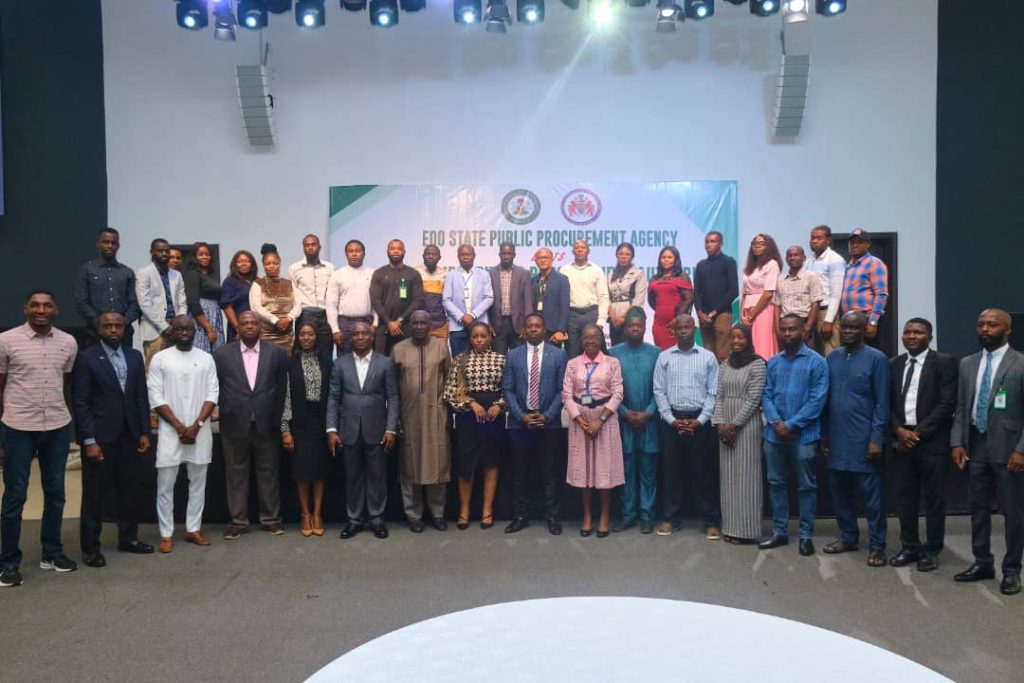The Nigerian automotive industry has been described as having huge potential but import-dependent.
In an overview of the country’s auto industry, the chairman of the forthcoming West Africa Automotive Show (WAAS) Conference in Lagos and former National Automotive Design and Development Council (NADDC) director of planning and strategy, Luqman Mamudu, said despite investment and initiatives, local manufacturing of parts and vehicle assembly have stalled.
Consequently, he said, the country relies on “imports of used parts and substandard new ones” with an import bill of $3.3 billion annually.
Mamudu, who will chair the conference at Nigeria’s largest automotive aftermarket trade event opening on May 16, 2023 at the Landmark Centre, Lagos, said the new conference will raise awareness of the issues and come up with proposals that will help inform the incoming government on ways to invigorate Nigeria’s automotive sector.
In a statement issued by the organisers of the conference, they quoted Mamudu as saying, “I expect that the inaugural conference of WAAS and the show itself will deepen demand for new parts in Nigeria. “The dominance of used parts potentially undermines any attempt at local manufacturing as they are far cheaper than the original new ones and are perceived as OEM (original equipment manufacturer) standard.”
Another adverse impact of the full reliance of fully-built automotive imports, he said, is that it “certainly constitutes a strain on the balance of payment position and missed opportunities to create employment. This has the potential to undermine the economy. It is particularly worrying to me because 70 percent of this is accounted for by pre-owned vehicles and used parts obtained from salvage vehicles.”
Mamudu sees several strengths in the Nigerian automotive industry, including investment of over $1 billion cumulatively in automotive manufacturing and assembly assets.
“These facilities remain intact in the form of annual installed capacity of over 500,000 vehicles. The presence of several global OEMs remains a pipeline of access to technology and capital once the environment is right. Nigeria also boasts a reserve of trained but presently unemployed skilled workforce,” he stated, adding that things had changed dramatically over the past 40 to 50 years.
He explained that at its height in the late 1970s and early 1980s, Nigeria’s automotive industry had an installed capacity of over 140,000 units and 80 percent utilisation, with over 180 local components and parts suppliers under their local content programme. A downturn led to the launch of the National Automotive Industry Development Plan (NAIDP) in 2013/14.
“This was designed to revitalise the existing but largely moribund automotive assembly capacity which stood at less than 60,000 installed capacity and below 2% capacity utilisation. By 2017 the NAIDP through a combination of fiscal incentives and protective measures grew installed assembly capacity to above 400,000 units per annum, but only 10 percent capacity utilisation has been recorded due to weak policy implementation
“But it is noteworthy that NAIDP caused the revitalisation of existing automotive assembly plants including Peugeot, Mercedes Trucks, and Volkswagen,” Mamudu said, even as he added that new plants were established in partnership with local Entrepreneurs and they were also commissioned companies such as Nissan, Kia, Ford, Tata, Hyundai, Renault, Sinotruk, Yutong Bus, Man Diesel, Honda, Geely, Mitsubishi, XCMG, FOTON , Shacman, FAW, etc, while many Nigeria brands came on including Innoson Vehicle Manufacturing (IVM), Proforce armoured vehicles, Jet van, Nord pickups and so on.
Due to defects in the implementation process of the NAIDP, Mamudu pointed out that “capacity utilisation of assembly plants never really gained the critical mass essential to attract traditional parts manufacturers to locate in Nigeria. It grew rapidly and stunted at about 10 percent by 2016. The result is that components and parts manufacturing couldn’t even emerge. The space remained dominated by used imports and cheap substandard new parts.”
Mamudu said the conference aims to highlight the need for safety and quality in automotive products. “Used parts imports account for nearly 90 percent of aftermarket share. The reasons observed are varied but the preference for used components may be due to eroded confidence for new parts.
“Substandard new components and parts are common in the market, so people are suspicious. To build confidence, suppliers must deploy product quality standards tracking systems. Global brands must also expand their network of service and parts as outlets for genuine parts,” he said.
For him, the game changer remains the return to implementation of the NAIDP and all its component programmes. These include reinstating all fiscal and protective measures, the removal of administrative constraints, and a credit purchase scheme to drive demand for not only assembled vehicles but also parts and components to serve OEM and after-market.
“At the moment Nigerians must save up 100 percent of the cost of vehicles in order to buy automobiles and parts, and this is for both personal and commercial use. But Nigeria has a robust aftermarket, given its 14 million vehicles stock on the road which needs maintenance. So this remains a low-hanging fruit for local and foreign parts manufacturers and suppliers.”
Mamudu expressed optimism about the revival of a home-grown automotive industry, saying “prospects for a flourishing Nigeria automotive industry remain high.
“It has a large domestic market of a population of 220 million people and the middle class is growing.m There are studies indicating that with a proper vehicle purchase scheme in place, annual demand for vehicles in Nigeria will surpass one million per annum. At the moment, average annual imports from official sources is estimated at 400,000 units.
“In addition, the recorded 14 million vehicle stock on Nigeria roads remains a huge opportunity for the aftermarket. Nigeria has a strong raw material base especially of petrochemicals. So I am hopeful,” he said.
Last modified: May 9, 2023








